The Real-Life Grind Behind Glamorous Docs

When it comes to the real-life superhero lifestyle, doctors have it down pat—minus the flashy capes and with a serious coffee budget. In the eyes of the public, it might seem like doctors spend their days at luxe pharma-sponsored lunches. Sure, the industry tries to woo them with the occasional glitzy seminar, but the real world is filled with grueling hours and endless checkups, not cocktails.
Dinners are a long shot; their nourishment comes from a quick snack from the vending machine, if they’re lucky. Yet somehow, even after clocking hours that would leave most of us curled up in a ball, they’re out here rocking scrubs like it’s high fashion.
Behind the Mind

Psychiatry might feel like a staple in the medical world now, but it wasn’t until 1808 that Prof. Johann Christian Reil coined the term, officially launching the mental health field into the spotlight. This marked the start of psychiatry’s journey as a critical field for exploring the intricacies of the human mind and its quirks.
But mental health care goes way beyond psychiatry alone—it’s an entire cast of specialists working together to foster healthier minds. From psychiatrists tailoring medication to counselors offering essential guidance and neurologists diving into brain science, these experts undergo rigorous training to untangle the mysteries of our minds!
"Doctor" Isn’t Just for MDs

The title “doctor” often conjures up images of lab coats and long hospital rounds, but it’s far from exclusive to the medical world. Many achieve this status by powering through years of specialized study, navigating bachelor’s, master’s, and finally, a doctoral program to claim that esteemed title.
Then come the honorary doctors—celebs like Oprah Winfrey, Kanye West (rescinded), and Bono—who skipped med school altogether but were granted the title anyway! Instead of mastering anatomy, they earned their titles through major contributions to their fields. No anatomy labs are required—just a whole lot of impact and a little bit of star magic!
Exploring the U.S., One Hospital at a Time

Nursing is taking off quite literally across the nation, with around 3.1 million registered nurses stepping into diverse roles every year! While hospitals employ a good chunk of them, many nurses branch out into different specialties. Still, the demand for more hands on deck is high, and that’s where travel nurses save the day.
While travel nurses are filling crucial gaps, they also enjoy perks like travel stipends, which let them experience new places while on the clock. Career stability and thrilling change are swiftly turning heads, making travel nursing a top pick for those eager to spice up their nursing careers.
The Real Night Owls
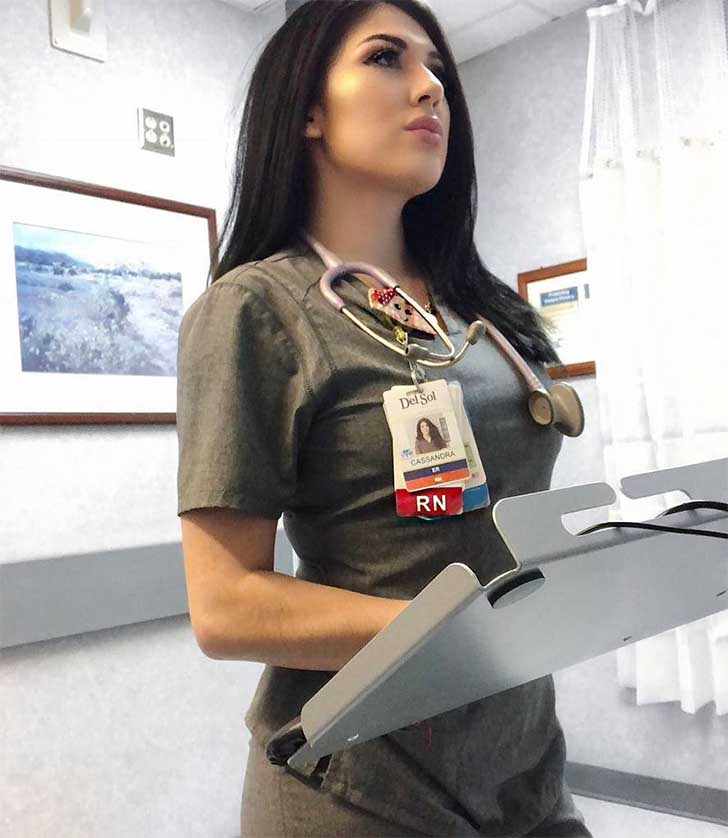
Working the night shift isn't everyone's cup of tea, but for nurses, it's just another energetic evening at the office. Hospitals never close—no holidays, no weekends off—so while most are fast asleep, these pros are wide awake, handling emergencies and keeping everything under control.
Logging ten-hour shifts four days a week is intense, but dedicated nurses are up for it. Sure, it’s a grueling schedule, but the extra overtime pay adds a sweet note to their hefty efforts. Each additional hour means a little more cash in their pocket, so even though it’s exhausting, there’s a silver lining. For nurses, it’s all in a (long) day’s work!
Demand is Up
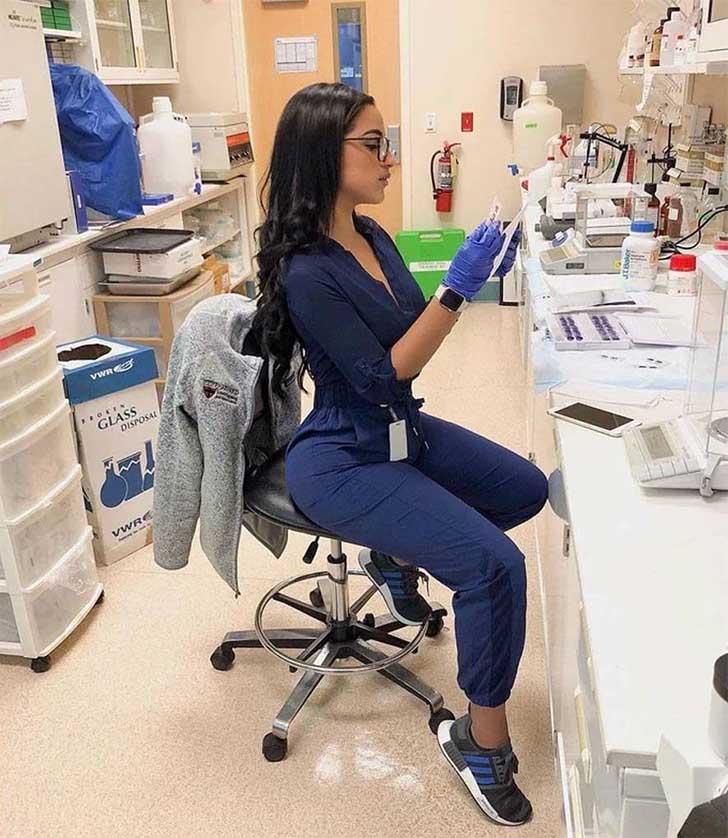
As the healthcare landscape braces for a seismic shift, demand for nurses is at an all-time high. With 17% of the nursing workforce likely to retire in the next decade, hospitals are crossing their fingers for fresh recruits to fill those shoes. This brewing shortage spells a boon for newcomers: low supply meets high demand, potentially pumping up paychecks as hospitals vie to attract talent.
But nursing offers more than just a generous salary—it's a challenging yet gratifying career steeped in stability and respect. Future grads may want to take note—if hospitals are willing to roll out the welcome mat with competitive salaries, this field could be their golden ticket.
Healing Hearts to Shaping Lives

Once a dedicated cardiac nurse in the sunny corridors of a Florida hospital, Lauren Drain swapped her scrubs for sneakers and leaped into the world of fitness and bodybuilding. Her journey highlights the creative paths many healthcare professionals are taking to inspire healthy living beyond the hospital walls.
For Lauren, caring for patients was just the beginning of her wellness crusade. She is a beacon of health, motivating her followers to embrace a fit lifestyle. Her transformation proves that a nurse's skills and dedication don’t just belong in the confines of a clinic; they can powerfully influence the wider world of wellness!
Evolution from Rome to Now
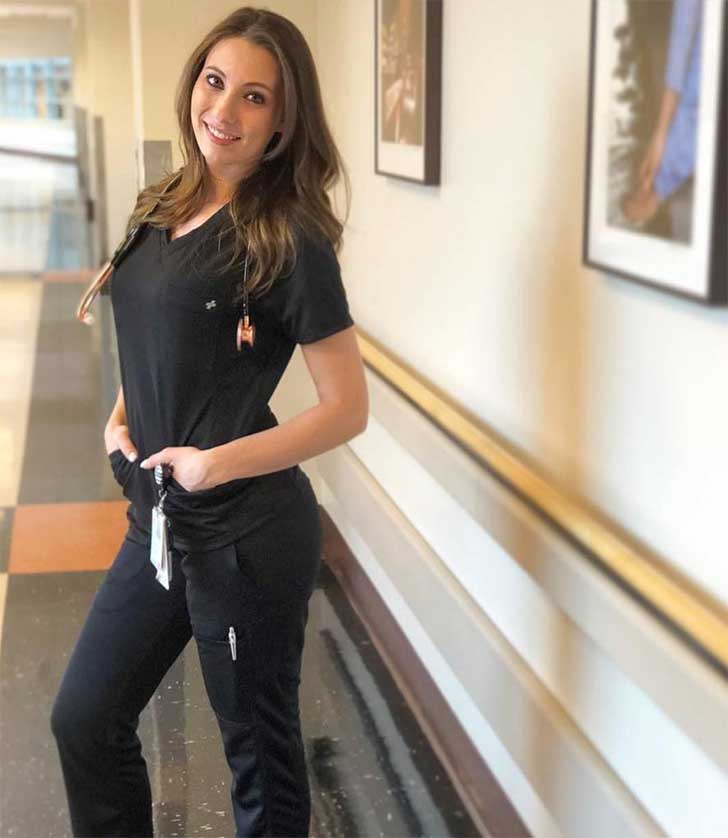
Nursing has come a long way from its roots in ancient Rome, around 300 AD, where it all began as a mix of medicine and religious care. Modern nurses are versatile heroes—whether in the operating room, pediatrics, or jet-setting as travel nurses, they’re everywhere.
While modern medicine has advanced, the idea of treating the body as a “sacred temple” is still at the heart of healthcare. The timeless principle of respecting and nurturing the human body continues to be core to nursing. This combination of ancient respect and modern medical practice highlights the profession's evolution while staying true to its roots.
How “Nurse” Went from Stage to Scrubs

The word "nurse" carries a surprisingly poetic heritage, rooted deeply in the Latin words for "wet nurse" and "nourish." Surprisingly, they didn’t really catch on until the thirteenth century. Shakespeare himself even slipped “nurse” into one of his classics, "The Comedy of Errors," giving the term a spot in literary history.
Back in Shakespeare's day, the use of "nurse" might have turned heads or sparked whispers in the audience. Fast forward, and “nurse” has become a symbol of commitment and compassion, embodying the heart of a profession revered worldwide for its dedication to others. It shows how language evolves and how a term can grow!
Booming With Baby Boomers

Nursing is on the rise, literally! The Bureau of Labor Statistics has crunched the numbers, and the prognosis is clear: a healthy 6% growth rate by 2033, making nursing one of the fastest-expanding careers nationwide. With people living longer than ever, there’s a bigger demand for caregivers around the clock.
This surge is turning healthcare into a hotbed of opportunity for both aspiring and registered nurses. If you’ve ever thought about nursing, now’s the time to dive in. The demand spans from traditional hospital roles to in-home care settings, practically guaranteeing that nursing skills will be highly prized. So lace up those comfy shoes and get ready!
The True Cost of a Doctor’s Pay

While doctors might appear to be sitting pretty with those impressive salaries, there’s a lot more to it than meets the eye. This career demands intense commitment, with hours that make the average workweek look like a vacation. Yes, the pay is high, but it’s a hard-earned reward.
Becoming a doctor means years of schooling and training, and with that comes massive student debt—often several times the national average. Yes, the rewards can be substantial, but the financial hurdles are just as significant. It's a path of substantial gains and considerable debts, where the journey to economic and professional success is a marathon, not a sprint.
Waiting Room Seating Done Right
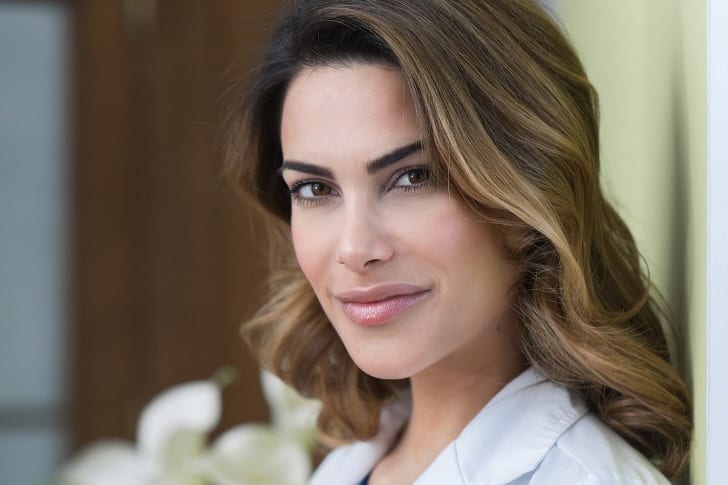
What’s a doctor’s office without plush seating to sink into? From cozy recliners to stylish love seats, a comfy waiting area is practically part of the experience. These inviting couches aren’t just for show; they’re designed with comfort and support in mind—rooted in the French word “couche,” meaning to lay down.
Research suggests that comfortable seating might do more than just pamper; it could actually enhance treatment outcomes by calming nerves and setting a soothing atmosphere. So next time you find yourself melting into a cushy chair at the doctor’s office, know that this cozy setup is strategically chosen—beginning the healing process before you even see the professionals!
Science Fiction Becomes Medical Fact

Long before the title "doctor" was officially recognized, communities turned to their sage healers—those gifted with the knowledge of natural remedies and traditional treatments. These early practitioners laid the foundation for what would eventually become a highly structured, advanced field of medicine.
Go back just 100 years, and the notion of a heart transplant would’ve sounded absurd, yet today, it’s a reality. Even once-dreaded procedures like tooth extractions are performed with such precision and care that they're virtually painless, thanks to the wonders of modern anesthetics. Medicine has undergone a profound transformation from its humble beginnings with herbal concoctions and rudimentary treatments.
Medicines You’d Never Expect to Save Lives

Experimental medicine is not just thriving—it's revolutionizing our approach to healing. From everyday sniffles to serious diseases, scientists are constantly on the hunt for groundbreaking cures. And in this quest, some unlikely candidates are stealing the spotlight. Take ketamine, for instance. Originally famous as a horse tranquilizer, it’s now showing promise in treating mental health issues like depression.
But ketamine isn't the only one getting a second look. Many compounds, once viewed skeptically, are finding new therapeutic uses. As societal views evolve and regulations adapt, previously off-limits substances are being reexamined and, in some places, cautiously reintroduced in controlled settings.
The Hidden Cost of Prescription Relief

Prescription medications are making waves, often viewed as both a blessing and a curse in modern healthcare. Doctors find themselves in a tough spot trying to figure out who really needs the medicine and who might be trying to misuse it. Some patients might even pretend to have certain symptoms to get a prescription.
A complaint of sleepless nights or persistent pain can sometimes lead to a prescription, but for some, this opens the door to dependency. With certain meds, the line between helpful and harmful is thin, revealing the hidden risks in what was initially prescribed as a safe solution.
Oops in the OR

Doctors are celebrated for their precision, yet surgical mix-ups happen more often than you’d think—over 6,000 times each year, to be exact. One unforgettable case involved a California woman who spent months in discomfort, only to find that a pair of surgical scissors had been left behind, cozied up near her heart and lungs.
These jaw-dropping incidents remind us that even in the world of meticulous medicine, slip-ups happen. While most operations run like clockwork, stories like this are a reminder that the operating room, despite all its checks and protocols, isn’t immune to human error. Even the best can make, well…cutting errors!
Medicine Meets Passion Projects
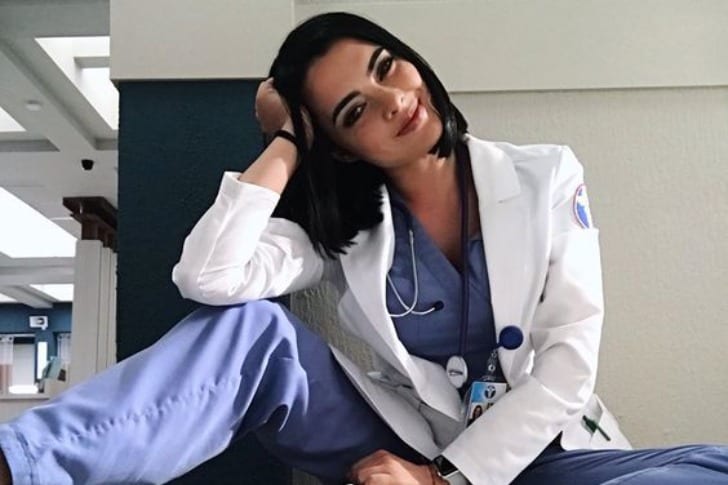
Despite impressive salaries, many doctors embrace side gigs to tackle student debt or explore creative passions. From consulting and coaching to launching small businesses, these medical pros are proving they can juggle financial goals with interests far beyond the clinic.
On the bright side, healthcare is experiencing significant growth, with a sharp 18% rise in medical school applications. This trend promises a bright future for current and aspiring practitioners, who can expect a job market ready to reward their dedication. For doctors balancing debt, career goals, and side ventures, the expanding opportunities in medicine are more than just job security—they’re an invitation to grow in personal and professional ways.
Medicine’s Surprising Business Strategy

The history of doctors reaches back farther than you might think! The earliest organized records of healers date back to the 18th century BC, but it’s likely that much earlier knowledge went up in flames during the infamous fires at the Library of Alexandria. Just imagine the ancient remedies and techniques that went up in smoke, gone before they could become part of our medical history.
Back in those early days, treating the wealthy wasn’t just a perk; it was a strategic choice for healers. Treating wealthy patients was the ultimate business strategy, with skilled healers catering to the affluent for the best pay.
Ancient Healing Rooms vs. Today’s ER

Ancient medicine holds some wild stories! As far back as 4000 BC, the Greeks had “healing rooms” on their islands, dedicated spaces where the sick could seek help—but not from human doctors. The real VIPs of ancient healthcare were gods like Asclepius and Saturn, worshipped as the ultimate healers.
It would be an “emergency room” run by priests, full of rituals instead of prescriptions! It’s a far cry from today's advanced hospitals, but it was groundbreaking back then. For someone in the 5th century, modern healthcare would look like a futuristic wonder. Seeing how medicine has journeyed from myth and magic to advanced technology is mind-blowing.
TV’s Favorite Heroes Are in Scrubs

Doctors have become pop culture icons thanks to their starring roles in our favorite TV dramas! From the emotional rollercoaster of "Grey’s Anatomy" to the high-stakes intensity of "Code Black," on-screen doctors give us a peek into the life-saving, heart-racing, and tear-jerking world of medicine.
It’s no wonder doctors are seen as real-life heroes—these shows make it clear why. Whether diving into a crisis, sharing a laugh, or breaking our hearts, doctors in scrubs have become our ultimate heroes. We can’t help but watch as they tackle emergencies and remind us why we’re all a little in awe of the ones who save lives, both on and off the screen.
The Future Looks Bright

The Apple Watch has already snatched wrists worldwide, blending sleek style with features that professionals and tech enthusiasts can’t get enough of. Now, Apple is raising the bar with whispers of Apple Glass, its anticipated augmented reality eyewear. Designed as an iPhone companion, just like the Apple Watch, Apple Glass promises to elevate daily interactions into an immersive experience.
Remember Google Glass and its AR adventure? They had a few hiccups, especially with those pesky camera features. Now, Apple fans are on the edge of their seats, hoping Apple Glass can swoop in and nail it where others tripped, bringing AR into our everyday routines with style and smoothness.
We’re All a Little Needle-Shy

Needles aren’t exactly anyone’s idea of fun, and for those who truly dread them, there’s even a term: trypanophobia! Many can relate to that uncomfortable twinge, proving that fear of needles is surprisingly common. For those who get a bit queasy around syringes, here’s a fun fact to distract you: medical syringes weren’t even invented until 1844.
It’s wild to think that just under 200 years ago, these vital tools didn’t exist. Now, syringes are everywhere, from vaccinations to essential treatments, solidifying their status as a healthcare staple. While they still make some people cringe, there’s no denying the incredible impact syringes have had on modern medicine.
Dentistry Has Come a Long Way

It's a wonder so many people fear the dentist. Their fear might be traced back to some unsettling practices from ancient times. Back then, pain relief was rare, making any dental procedure a rather intense experience. And if that isn’t enough to make you shudder, early dentists used chairs equipped with straps to keep patients still—a setup that sounds more like a horror film than healthcare!
These early practices probably explain why many people still fear dental visits. But take a deep breath—dentistry has come a long way. Today’s appointments are worlds apart, swapping out the straps and pain for modern comforts and gentle care.
Bringing Bling to the Hospital Halls

The iconic doctor look—classic white coat and stethoscope—is getting a stylish upgrade. Today’s doctors are switching it up, pairing their scrubs with trendy sneakers, colorful hairnets, and even a touch of luxe jewelry. Say goodbye to the days of purely clinical attire—these healthcare pros are adding flair to their outfits, all while delivering exceptional care.
Running into a doctor sporting designer watches or a casual vibe isn’t so surprising anymore; it’s a fashion moment worth noting! These style-savvy docs prove that healthcare and chic can indeed coexist. Let’s hope none of that sparkly bling sneaks its way into the OR—it’s a runway, not a risk!
The Spiritual Side of Ancient Healthcare

Ancient approaches to medicine were worlds apart from today’s modern methods. Native American tribes, for instance, viewed healing as a blend of magic, spirituality, and nature’s own remedies. Healing rituals were intricate, drawing on the power of drums, fire, chanting, meditation, and even psychedelics to tap into more profound, restorative energies.
Amazingly, they didn’t overlook details that feel surprisingly modern—they paid close attention to maternal health, diet, and even birthing practices. Music and rhythm, known as healing frequencies, were believed to restore balance and wellness. Perhaps blending these time-honored insights with modern science could be the future of truly holistic healthcare.
Magic Herbs of Ancient Asia

In ancient Asia, particularly in India, the approach to surgery was completely unique! When medical emergencies hit, mineral therapies and powerful herbs were the stars of the show. Some even believed that certain “magic herbs” could spare patients from amputations, a claim that added a touch of legend to these healing practices.
While modern medicine leans on advanced technology and pharmaceuticals, the rich history of these natural remedies continues to captivate. These precious remedies were more than just treatments; they were a blend of practicality and mysticism, passed down through generations like treasured family recipes. No wonder these early methods still hold a special place in medical history!
The Myth of Eternal Life
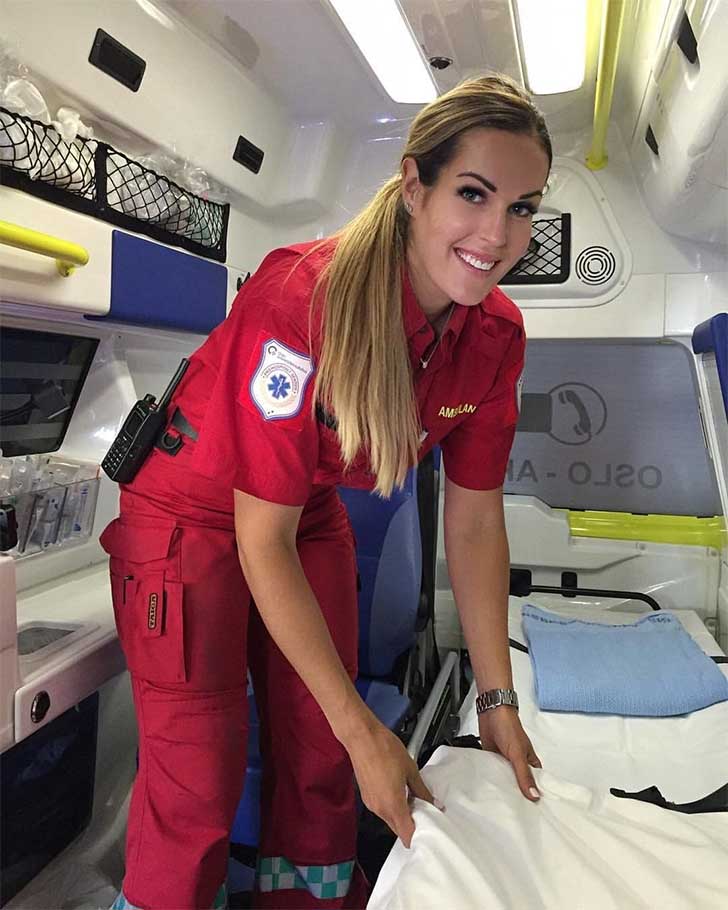
Taking medical advice with a grain of salt is always smart, especially when diving into the whimsical world of ancient tales! In Greek mythology, there’s a story about Zeus punishing Epidaurus for promoting the idea of immortality. Sounds a bit absurd in hindsight, doesn’t it?
Back in the day, people were absolutely enchanted by the idea that magic could zap all their health woes. While those old legends might seem far-fetched now, they reveal much about how healing was perceived back then. Before jumping on any health trend, it’s best to do your homework. Digging into this rich lore might just reveal fascinating insights!
Behind Every Great Doctor Is a Great Nurse

What would the state of hospitals be like if there were no nurses? It’s a recipe for disaster! While many people think doctors are the sole superheroes of healthcare, it’s the nurses who truly keep everything running smoothly behind the scenes. These dedicated professionals are the backbone of the medical field, juggling everything from direct patient care to orchestrating bustling shifts with unmatched skill and grace.
In the United States, aspiring RNs must navigate the path of earning a bachelor’s degree, an associate’s degree, or completing a specialized nursing program certification. Whichever path they choose, these hardworking individuals can expect a solid annual salary of approximately $77,600!
More Schooling for the Specialty Dream

Once nursing graduates earn their degrees, they must tackle the National Council Licensure Examination to officially become Registered Nurses. Yet, for many RNs, the traditional hospital setting just doesn't cut it; they aspire to rise as clinical nurse specialists. Pursuing this specialized role does come with the requirement of more education.
But don’t worry, future nurses! If the idea of more schooling feels daunting, there’s an excellent alternative: becoming a dental hygienist. This career offers its own unique perks and the opportunity to brighten smiles. Whether you’re aiming to specialize or explore a different avenue, the healthcare field is full of rewarding opportunities waiting for you!
The Mother of Modern Nursing

Florence Nightingale is the undisputed queen of nursing, and every nurse today proudly stands on the foundation she built. During the Crimean War in 1853, Florence revolutionized patient care, saving countless lives while teaching others the principles of effective nursing. She transformed nursing from a humble task into a noble and respected profession!
Though she may no longer be with us, her influence endures, particularly through the Florence Nightingale Faculty of Nursing and Midwifery, which continues to educate future generations. Thanks to her, nursing is not just a job—it’s a calling filled with purpose, respect, and endless opportunities to make a difference.